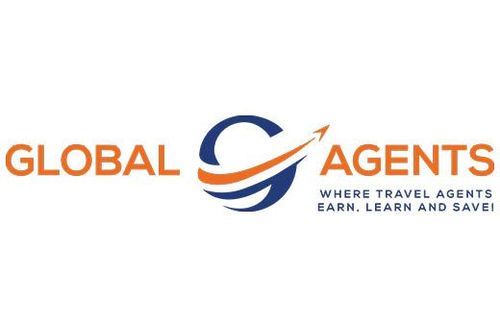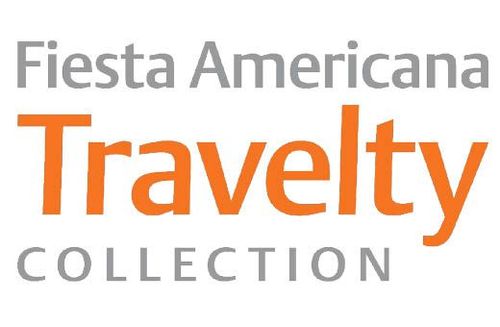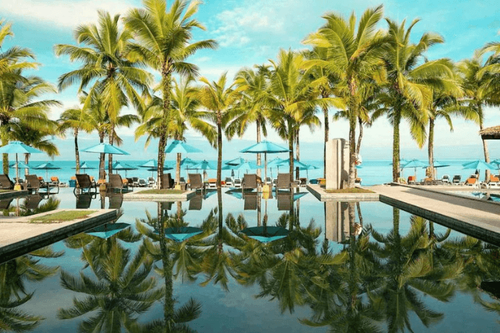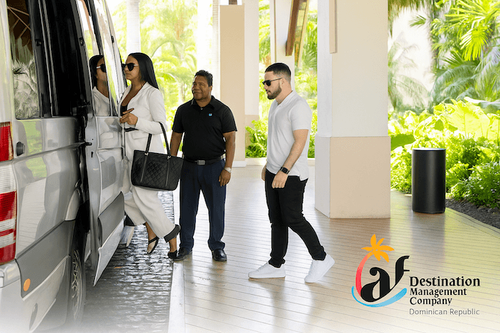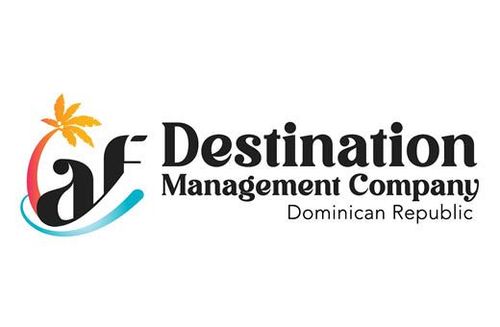Where travel agents earn, learn and save!
News / Highway 1 is calling: How to explore Big Sur and beyond on a Monterey County road trip this summer
This bucket-list road trip just got easier to plan with new tips, tricks and routes to inspire travel along California's Central Coast
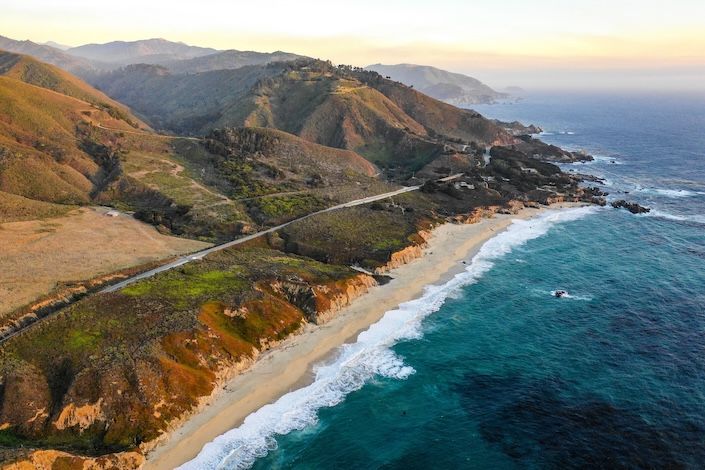
California's most iconic road trip just got easier to plan with the launch of 'HOW 2 HWY 1', an initiative designed to help travellers navigate the legendary Highway 1 through Monterey County's Big Sur and beyond.
No matter the road conditions, Big Sur and its parks, hotels, camping, restaurants, galleries, and more remain open — and the views are always stunning. The rugged beauty of Big Sur means road conditions often evolve. While a small stretch of Highway 1 is closed, all of the region's iconic views and experiences remain accessible from both the north and the south. HOW 2 HWY 1 offers a how-to guide for exploring the region. With a little planning and the right routes, travelers discover epic views, cozy stays, hidden gems, and unforgettable adventures around every scenic turn.
How to Highway 1
1. Experience Big Sur – From the North or from the South
Northern Big Sur is easily accessed via the Monterey Peninsula to visit renowned state parks and attractions such as the Henry Miller Library, Nepenthe restaurant, Garapata State Park, Julia Pfeiffer Burns State Park, the Point Sur Lighthouse and Andrew Molera State Park. Travelers can choose from a variety of lodging options in Big Sur – from luxury resorts like Post Ranch Inn and Alila Ventana Big Sur, to historic retreats such as the Big Sur River Inn or Big Sur Lodge, as well as numerous campsites for the nature-focused adventurer. Highway 1 is temporarily closed just past Julia Pfeiffer Burns State Park and the Esalen Institute. It reopens just north of the Lucia Lodge.
Southern Big Sur can be reached via San Luis Obispo County, where the highway runs past the charming towns of Cambria and San Simeon, as well as attractions like Hearst Castle, up to Ragged Point. Eco resorts like Treebone's Resort can be reached this way, as well as secluded seaside spots such as Sand Dollar Beach and Lucia Lodge. Don't miss parks like Mill Creek and Willow Creek Day Use Areas.
2. Take the Scenic Route to Explore More
This summer, there is a small stretch of Highway 1 that is not accessible, but the journey between northern and southern Big Sur is an unforgettable road trip in itself.
- Highway 101 offers scenic, easy connections via Highway 68 in Salinas and Highway 46 in Paso Robles. The 101 provides quick and easy access to both northern and southern Big Sur via Highway 68 in Salinas (Monterey County) and Highway 46 in Paso Robles (San Luis Obispo County).
- Another option for adventurous travelers is an immersive scenic route via Carmel Valley Road to Highway 101 with stops in the laid-back Carmel Valley Village and through the wine growing region of Arroyo Seco, a recognized American Viticultural Area in Monterey County.
- Using Highway 101 for out-and-back trips into and out of Big Sur takes only about an hour longer than driving Highway 1 straight through and provides additional opportunities to stop and explore other destinations like Carmel-by-the-Sea, Monterey, Salinas and the Salinas Valley – known as the “Salad Bowl of the World.”
3. No Matter the Route, Take the Right Path
When visiting Big Sur, it's essential to respect both the land and the people. While Highway 1 is full of epic views, travelers are asked to drive mindfully, follow speed limits, park only in designated areas and be considerate of pedestrians, cyclists and local wildlife. Parking and camping restrictions are clearly marked and enforced by fines to keep visitors and residents safe. There are numerous safe and legal turnouts and marked vista points along Highway 1. If an area is full, another breathtaking view and more parking spaces are just around the next turn!
Off the road and on the trails, Big Sur's pristine beauty is breathtaking but fragile. Protect it by staying on marked trails, packing out all trash and not disturbing wildlife or plant life. Always adhere to posted signs, warnings and closures. Wildfires, erosion and wildlife encounters are real concerns, and respecting these guidelines ensures the safety of visitors, locals and the landscape for generations to come.
4. Plan Ahead with HOW 2 HWY 1 Trip Planning Tools
See Monterey's tips for travelers that include checking road conditions before traveling, being prepared for changing conditions, packing accordingly and staying informed. For more tips, updates on current conditions and AI-trip planning tools visit SeeMonterey.com/Highway1.





